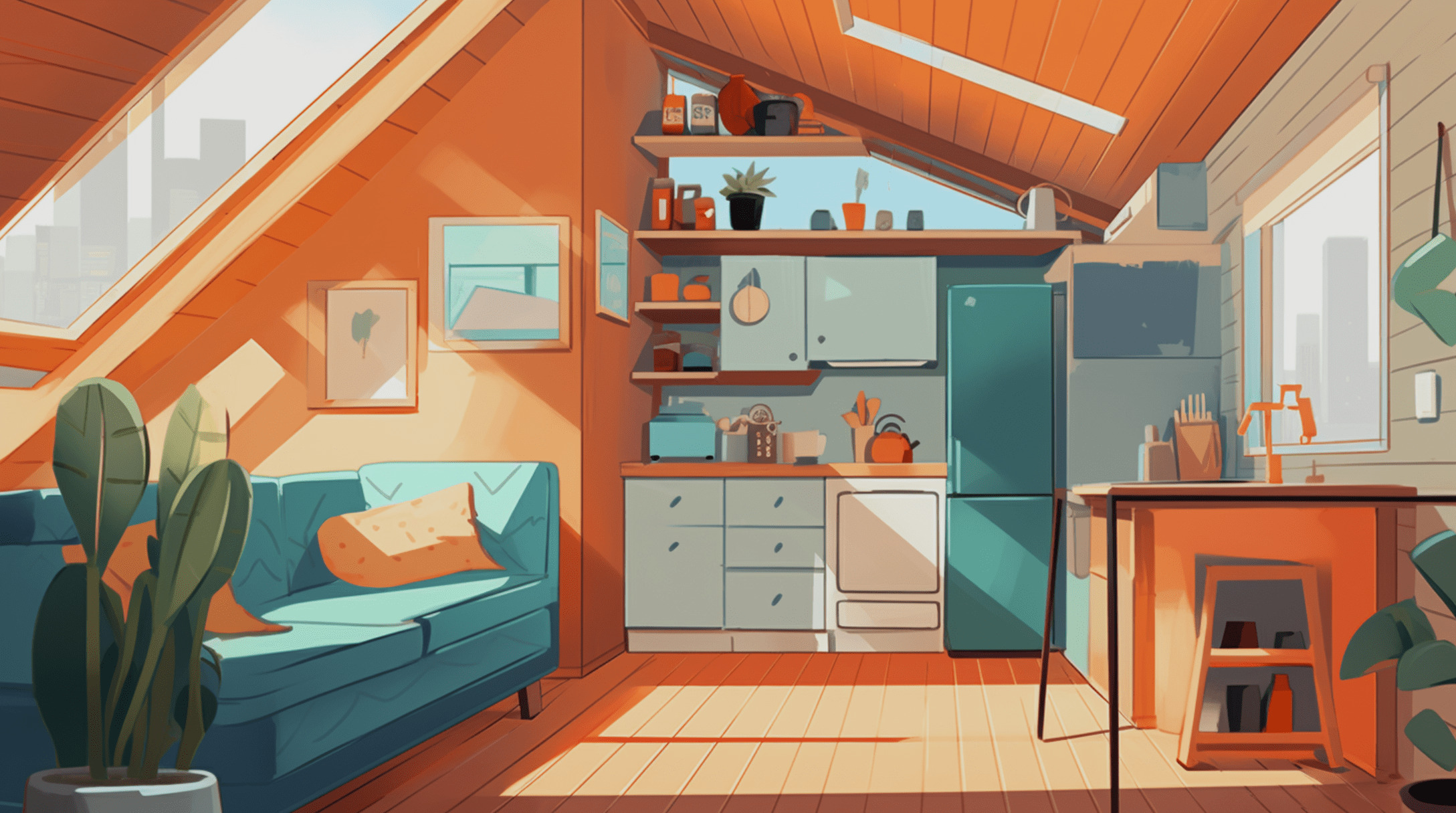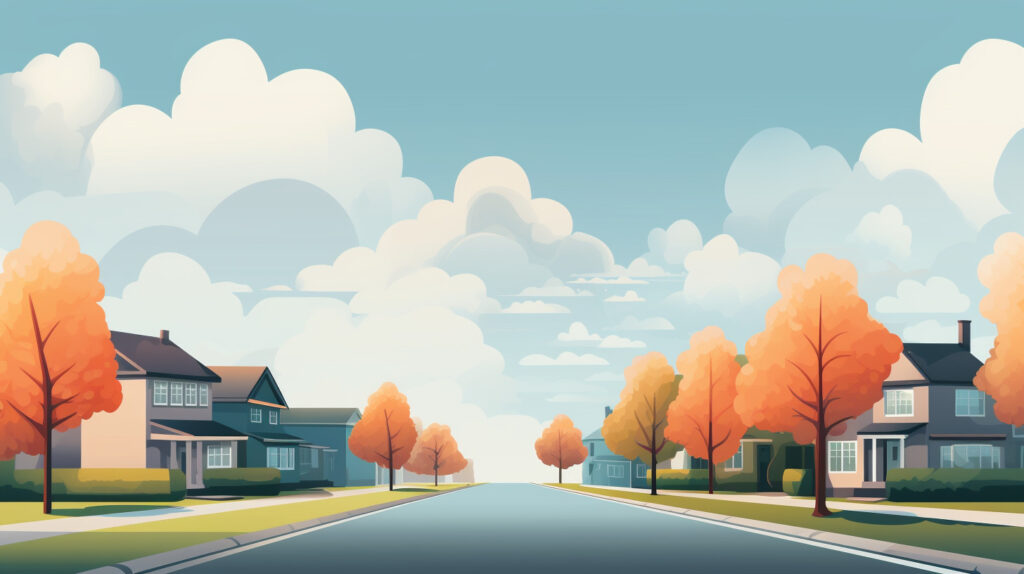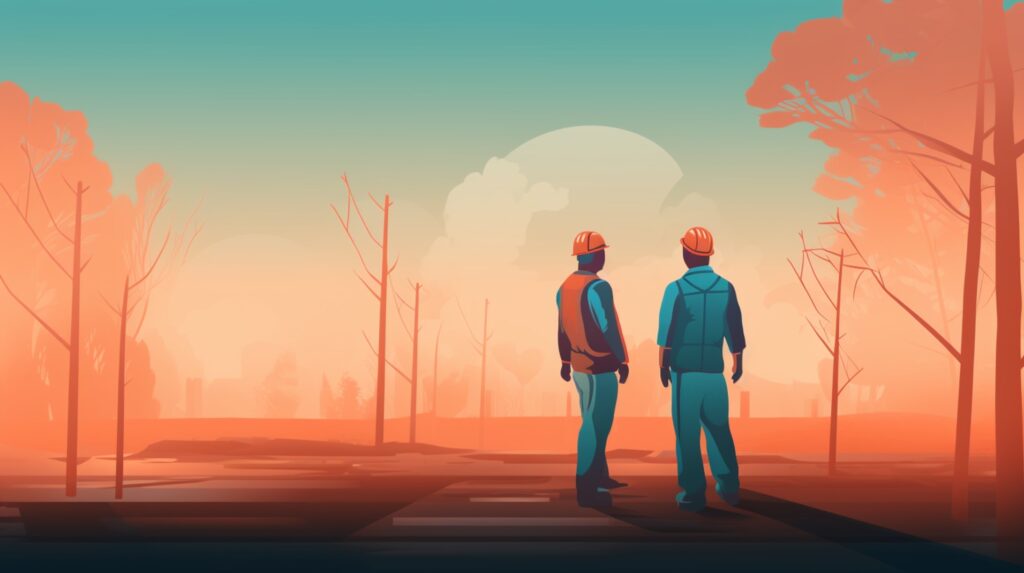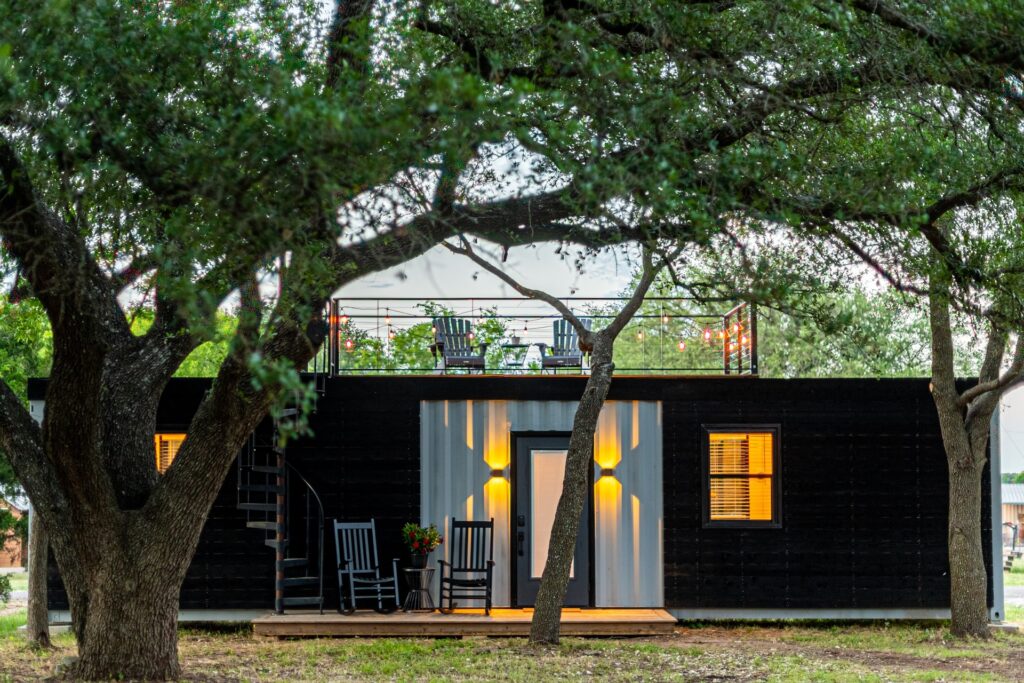
We are reader-supported. When you buy through links on our site, we may earn an affiliate commission.
The soaring prices of traditional homes make it impossible for many workers today to afford the American Dream — and the conventional means of establishing familial wealth and security. There’s no wonder the tiny house movement is catching on.
Tiny homes are between 200 and 400 square feet on average, although anything from 60 to 600 square feet qualifies as a tiny home. Their size should make them faster to build. They occupy less real estate, so more of them can coexist on swaths of land generally shared by fewer traditionally built houses.
Tiny houses represent some of the most promising solutions to today’s housing crisis. Why aren’t these developments popping up everywhere? The answer lies in outdated codes and financial motivations — lenders and builders want to minimize risk and maximize profits. Here are the five roadblocks the tiny house movement faces.
1. Building Codes
Every organized municipality adopts building codes specifying minimum dimensions for structures built on properties within their jurisdiction. Many adopt guidelines set by the International Residential Code (IRC) to ensure public health and safety and avoid reinventing the wheel.
Municipal building codes following the IRC specify minimum size requirements. For example, habitable rooms must have a window and a closet while measuring at least 70 square feet. All rooms must have ceilings of at least seven feet.
However, the IRC only specifies that the minimum square footage for the build measures 120 square feet on a 320-square-foot lot. Most tiny houses measure between 300 and 500 square feet, so what’s the problem? Unfortunately, many municipalities go beyond this standard, specifying all new builds be 1,000 square feet or more.
2. Zoning Ordinances
Zoning ordinances pose another roadblock to the tiny house movement. This housing style comes in two forms: site-built and tiny homes on wheels (THOWs). Zoning restrictions affect both.
For example, many municipalities specify how long THOWs can park in a designated area. These tiny houses fall under the RV category. Although no federal law restricts you from parking such a vehicle on your property, many local zoning ordinances prohibit living in a “camper” — even if it sits on land you own.
If you own land, you still run into those pesky building codes. However, you might be able to get away with adding a tiny house as an accessory building. You still need to check with your local ordinances to see if they permit accessory dwelling units — if so, you can convert a shed into a home for grandma or an Airbnb to rake in extra cash.
3. Financing Challenges
Many people who need tiny houses the most also struggle to obtain financing. Most traditional mortgage lenders won’t touch this property type unless it falls into the luxury category — pricing it comparable with a standard build. That’s not a feasible amount for many seeking affordable housing to pay.
While you can get an unsecured or RV loan to finance your project, you need good credit. Your score typically needs to be or exceed 670 — a number those who have had to use debt to finance daily bills often lack.
Why the difference? Lenders make money when they can sell your property at a profit, whether through foreclosure or passing ownership to another. Traditional mortgage brokers worry tiny houses will lose value due to weak future demand, potentially leaving them with cheap collateral to sell when borrowers default.
Furthermore, THOWs age more like automobiles and less like residential properties. Mortgagees aren’t as accustomed to depreciation as auto loan lenders are, so THOW buyers may have to seek a different breed of creditors to fund their purchases.
4. Parking Woes
The determined will find a way. Handy folks can pick up a suitable trailer for less than $3,000 and build a THOW from scratch — master carpenters can do most of the work from scrap materials. However, that doesn’t solve the problem of where they can park once they finish their design.
Those on the East Coast have the roughest time. Even highway rest areas impose a 3-hour time limit for parking — hardly enough to get a good night’s rest. You may have to pay campsite or RV park fees that can quickly add up, piling hundreds on your monthly housing costs.
Those out west have a slightly easier time of things, thanks to the greater availability of Bureau of Land Management areas for parking. However, they’re subject to a 14-day camping limit, after which time they must move outside a 25-mile radius until day 29.
Some folks manage this way and it isn’t uncommon to see miles of campers and THOWs in popular locations these days — so much so that authorities have begun closing some areas to prevent environmental damage. If you choose this route, locate several available parking spots and ensure your THOW is sturdy. Driving over rough dirt roads to reach these locations takes its toll.
5. Disincentivized Developers
Finally, real estate developers are in business to make money. It might cost them $60,000 to construct a tiny home and $110,000 for a standard-sized model. However, they can sell the latter for up to half a million dollars in some areas, whereas they’ll barely recuperate their costs on the former.
Realizing the movement’s objective for the millions of displaced Americans in need of shelter will likely require governmental incentives for builders to construct such properties. Considering that federal authorities give short shrift to the enormity of the housing crisis, it’s unlikely that help will come from above. Local municipalities will need to lead the way but have much smaller budgets.
Will There Be Progress in the Tiny House Movement Soon?
These roadblocks have stagnated the movement. Change won’t happen overnight, but everything starts with government policy and community acceptance. Keeping unfriendly building codes and zoning ordinances the way they are is counterproductive to housing shortage alleviation.
The authorities must spearhead reform and exhaust all avenues available to help the most underprivileged afford shelter they can call their own. Until then, the banking and construction sectors will continue to be barriers rather than partners in building more affordable housing units.










